perse du nord
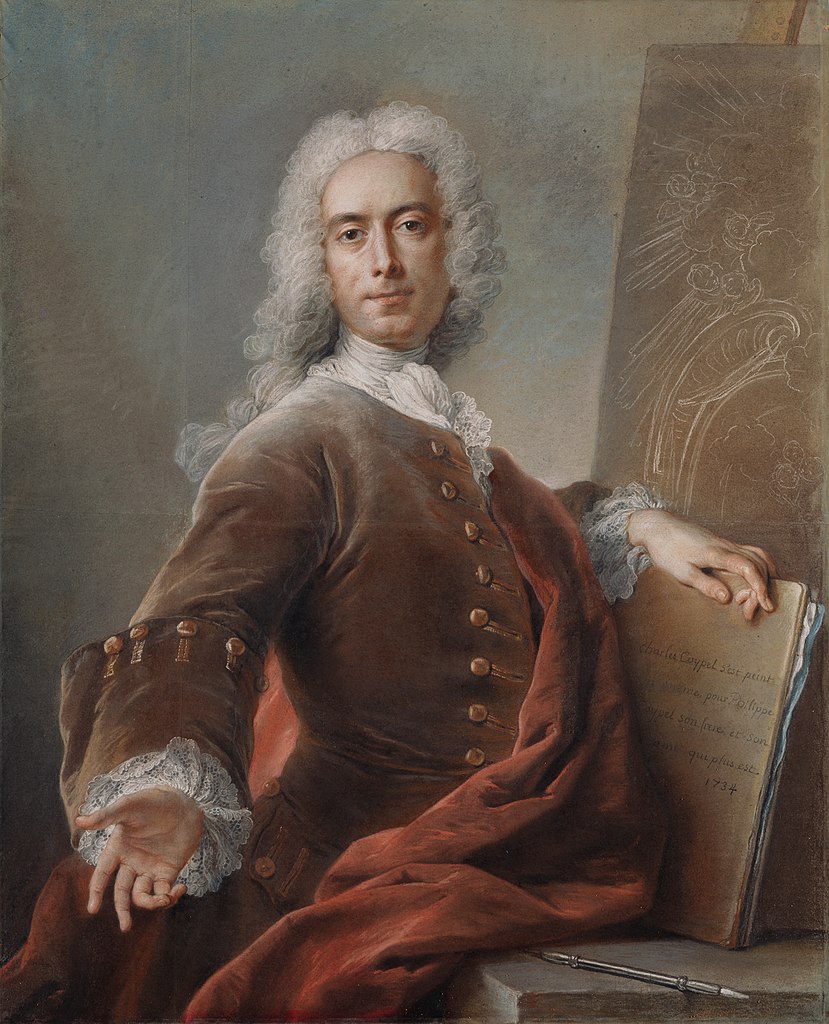
Charles-Antoine Coypel was a multifaceted French Rococo artist, known for his contributions as a painter, designer, playwright, and art critic. Born into a family with a significant artistic legacy, Coypel rose to prominence in the French court, eventually serving as the court painter and the director of the Académie Royale. His work, which often blended dramatic narrative with intricate detail, played a pivotal role in the development of Rococo art in France, reflecting the opulent and expressive tendencies of the period.
Coypel's artistic output includes a range of subjects, from religious themes, as seen in his etching "The Virgin and Child," to theatrical history paintings that convey operatic passions and high drama. His ability to infuse his compositions with emotional depth and narrative complexity, alongside his mastery of the Rococo style's playful and ornamental characteristics, distinguishes his work within the era. Notably, Coypel was also involved in the design of tapestries for the Gobelins Manufactory, illustrating scenes from Miguel de Cervantes's "Don Quixote," which remained influential through the end of the 18th century.
His artworks, such as "The Virgin and Child," showcase not only his technical skill but also his sensitivity to composition and form, contributing to his reputation as one of the leading painters in the French court during the 18th century. Coypel's legacy is preserved in his paintings, etchings, and tapestry designs, which continue to be celebrated for their artistic and historical significance.
For collectors and experts in art and antiques, Charles-Antoine Coypel's work represents an essential connection to the Rococo period's rich cultural and aesthetic traditions. His contributions to French art history, particularly through his role at the Académie Royale and his influence on the development of Rococo style, make his work a valuable study for those interested in the dynamics of French art and culture during the 18th century.
To stay informed about updates related to Charles-Antoine Coypel, including new discoveries, sales, and auction events of his works, consider signing up for updates. This service will provide tailored notifications to enthusiasts and collectors eager to explore and acquire pieces by Coypel, ensuring they remain at the forefront of developments in the field of Rococo art.

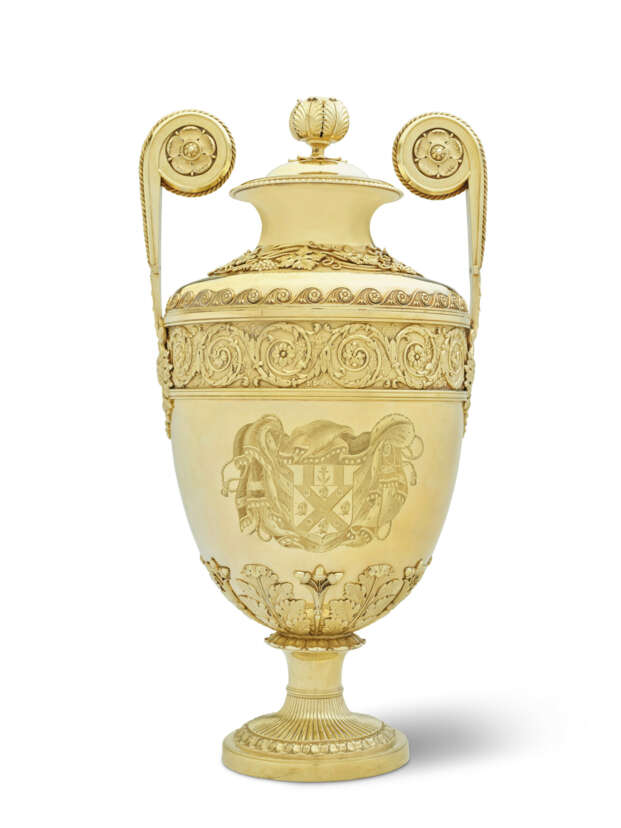
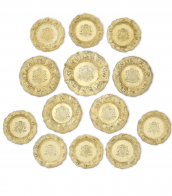
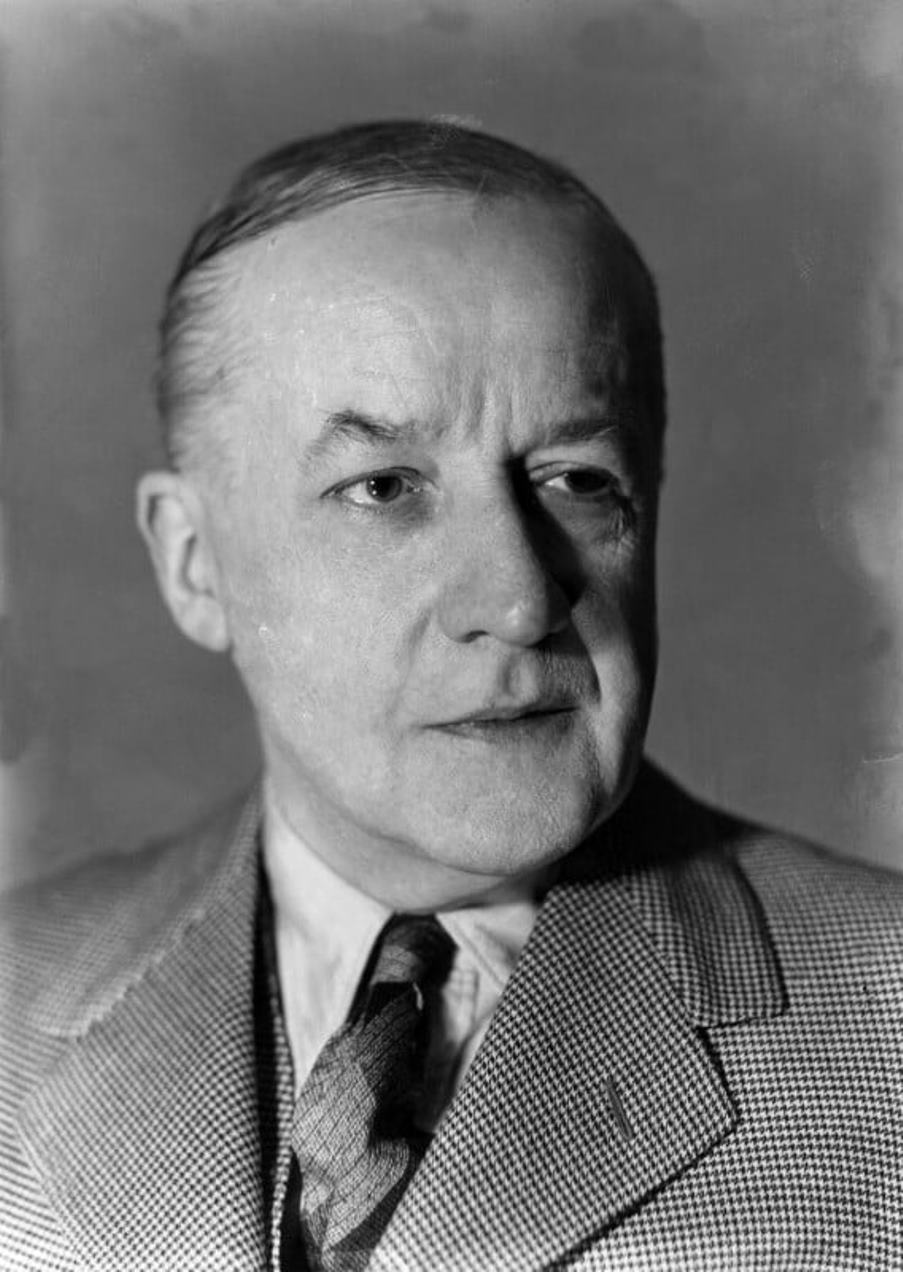
Edmund Dulac is a British and French artist, book illustrator and graphic artist.
Edmund drew a lot since childhood and, after graduating as a lawyer, decided to take up art: he studied at the Toulouse Academy of Fine Arts and at the Academy of Julian. At the age of 22, he settled in London and received an order from the publisher J. M. Dent to illustrate the novel "Jane Eyre" and other works of the Brontë sisters. He then became a regular contributor to Pall Mall Magazine and joined the London Sketch Club, where he met the leading book and magazine illustrators of the day.
These acquaintances opened a wide road for the young talented artist. Dulac decorated many editions of Andersen's fairy tales, works by Shakespeare, Edgar Poe, Omar Khayyam and others with his magical pictures. Working with the famous animator Walt Disney, he participated in the development of the type of Snow White, and his most famous work is considered the image of the Princess Boudour.
Later, Dulac worked in a variety of fields, including newspaper cartoons, theatrical costumes and sets, medals, and even postage stamps, including those commemorating the coronation of King George VI (1937), the beginning of Queen Elizabeth II's reign, and the Summer Olympics (1948).
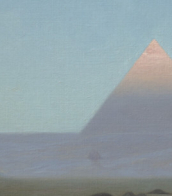

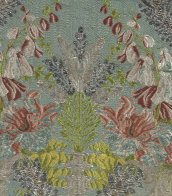
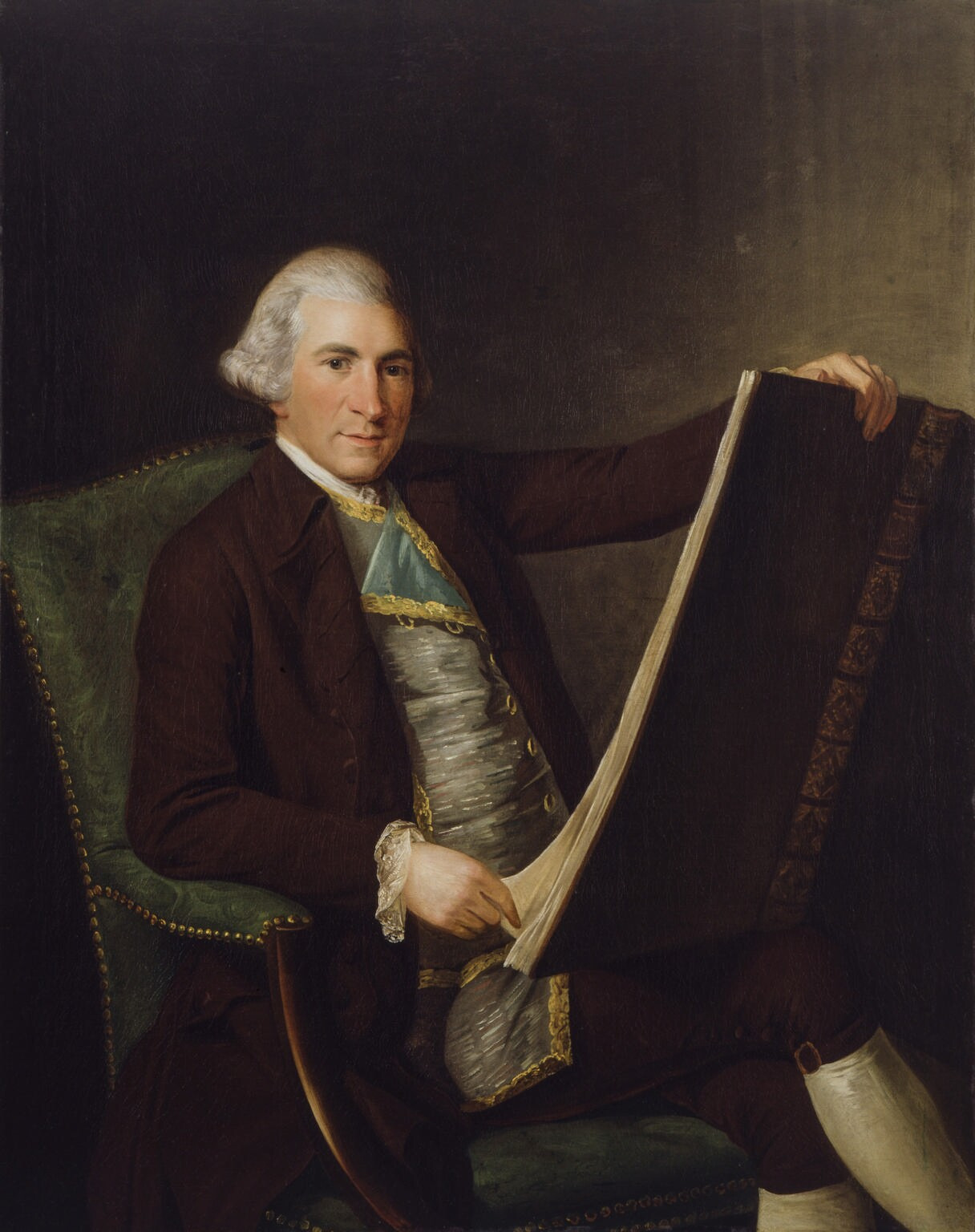
Robert Adam was a Scottish architect and interior designer, best known for his work during the Rococo and Neoclassical periods in Britain. He was born in 1728 in Kirkcauld, Scotland, and studied at the University of Edinburgh.
Adam began his career as an architect in 1754 and quickly became known for his innovative approaches to architecture and interior design. He developed his own style, which combined elements of rococo, classicism and antiquity.
He designed many buildings, including residences, palaces, churches, bridges and furniture. He also participated in designs for gardens and landscapes. One of Adam's best known projects is the Admiralty Building in London, built in the 1760s.
Adam was also known for his experiments with colour and form in interior design. He often used light colours, mirrors and mouldings to create larger and lighter spaces.
Robert Adam died in London in 1792, but his legacy continues to influence architecture and design in Britain and around the world.
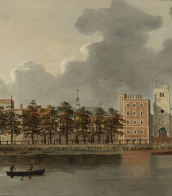
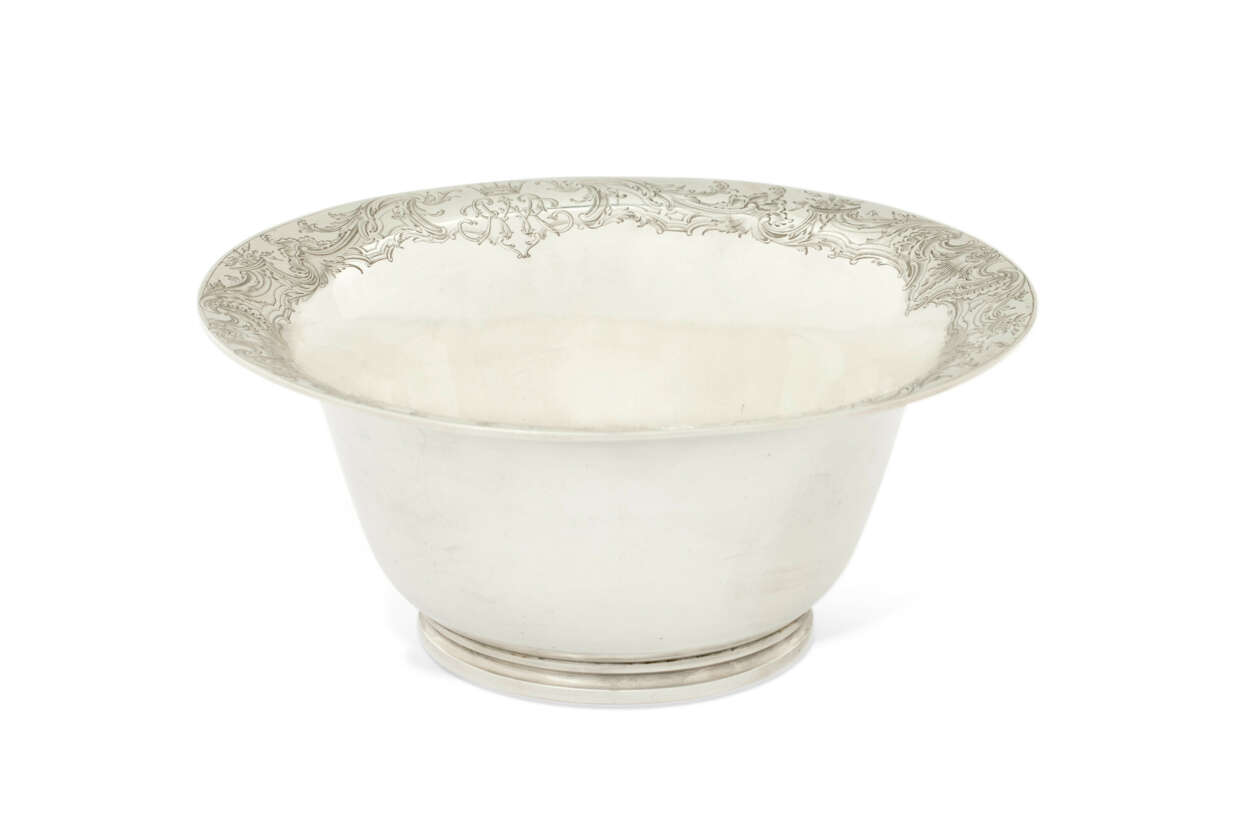

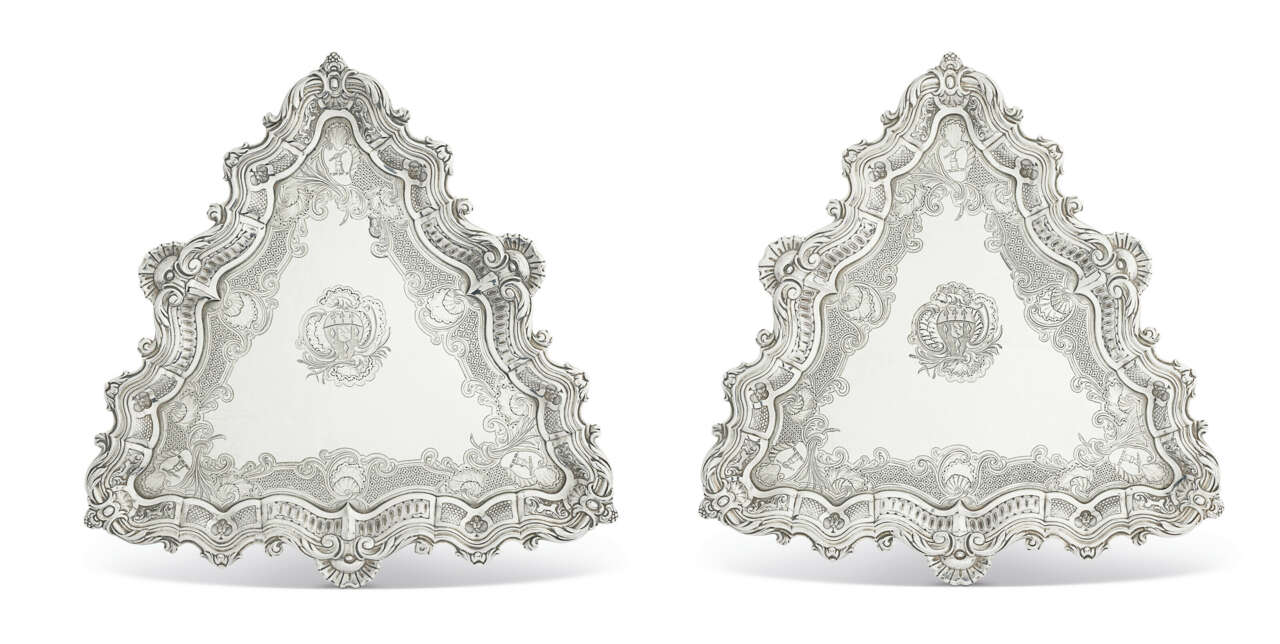

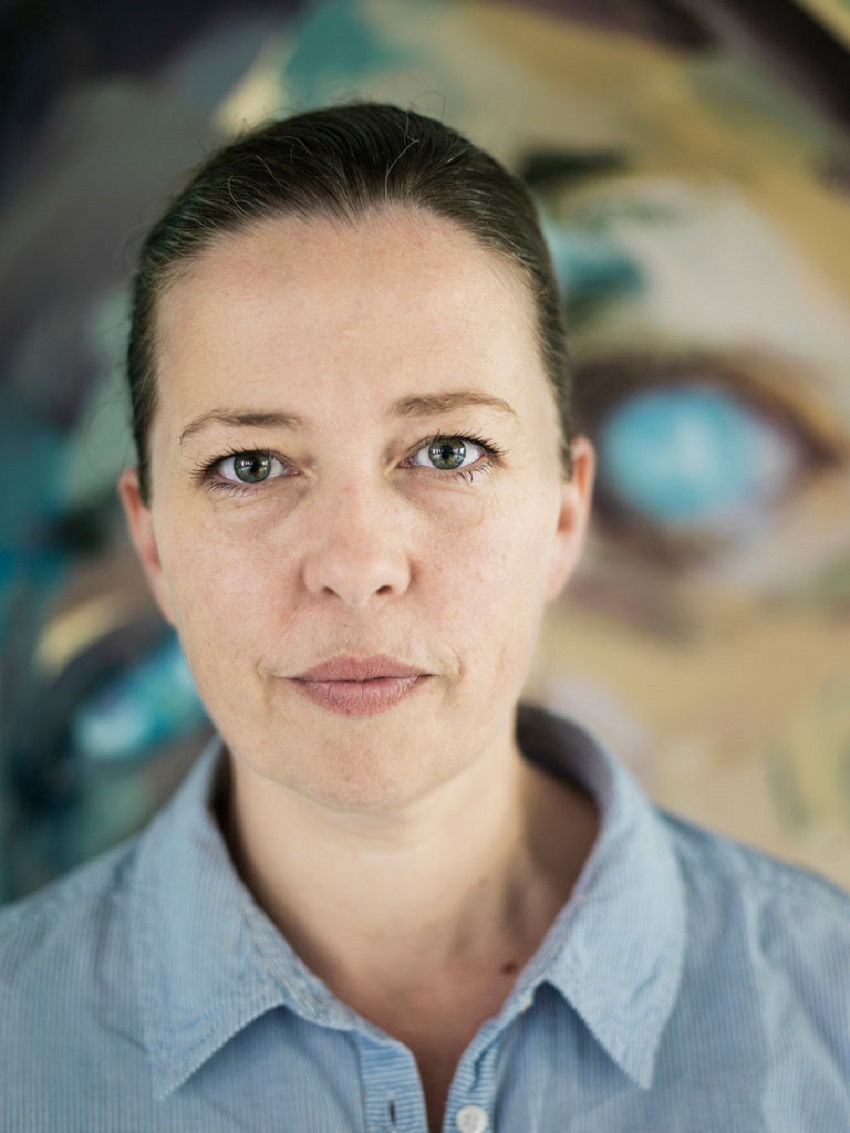
Jennifer Anne Saville is a contemporary British painter and an original member of the Young British Artists. Saville works and lives in Oxford, England and she is known for her large-scale painted depictions of nude women. Saville has been credited with originating a new and challenging method of painting the female nude and reinventing figure painting for contemporary art.
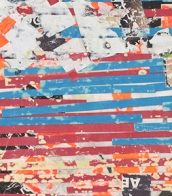
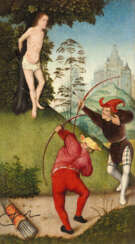

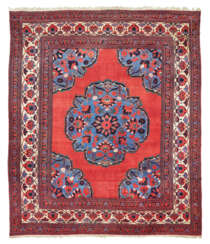


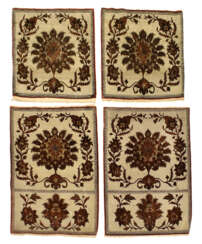

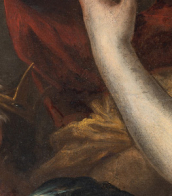
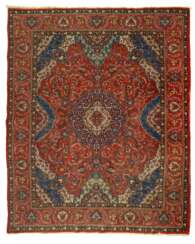

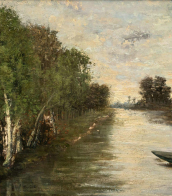
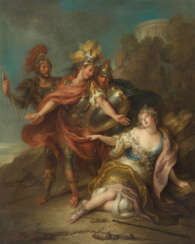

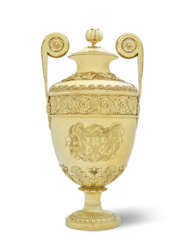

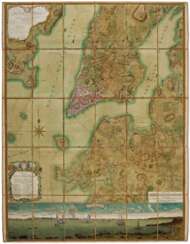

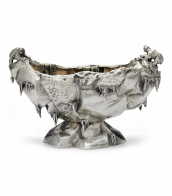
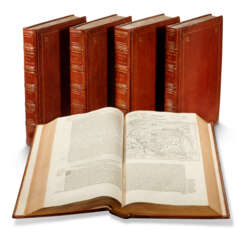


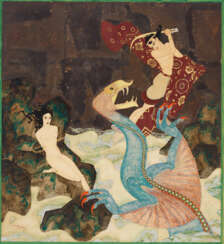

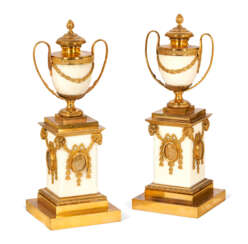

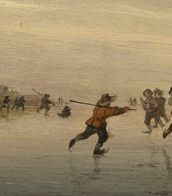
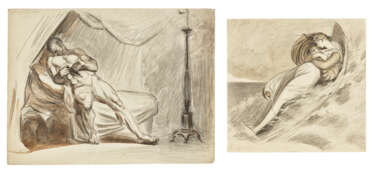




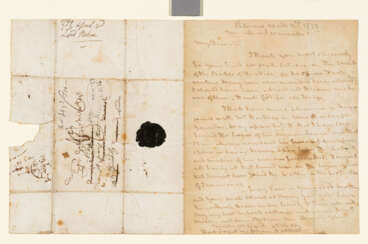

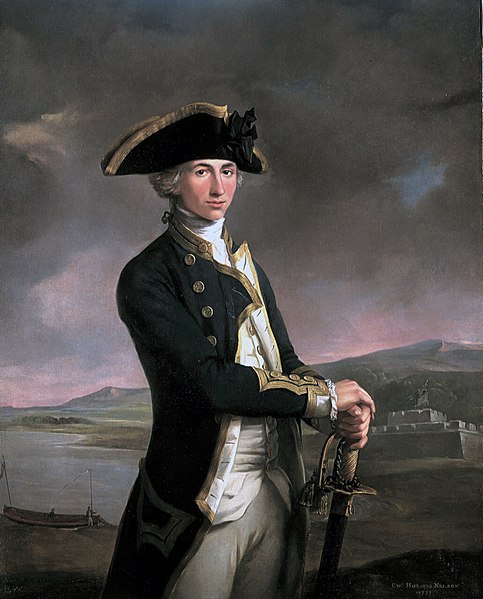

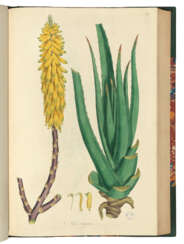

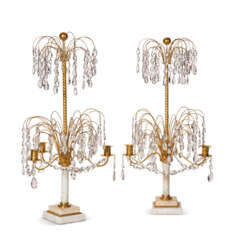





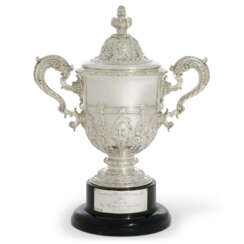




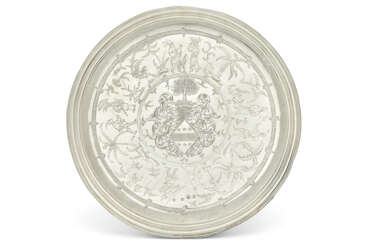



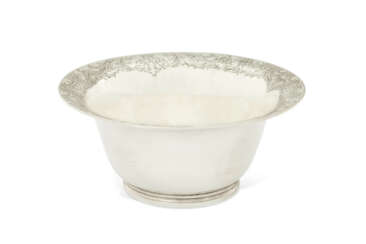



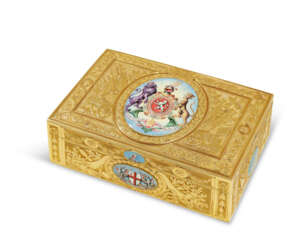


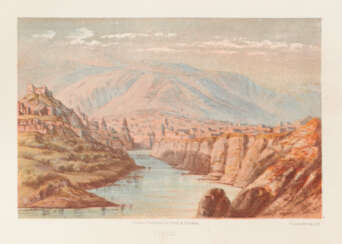


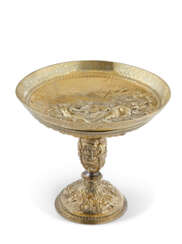

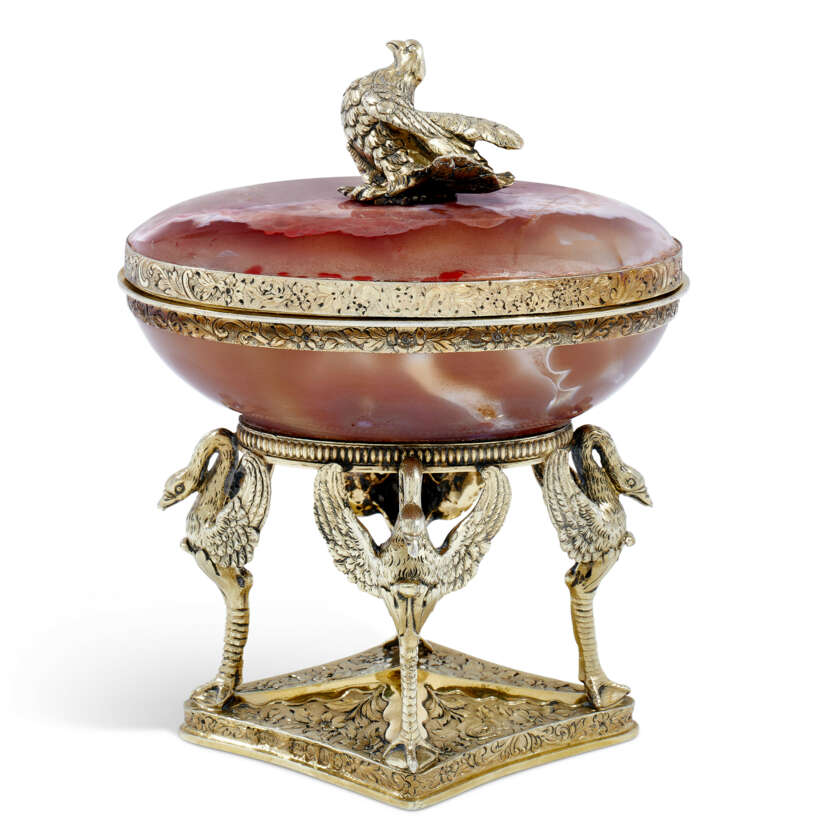
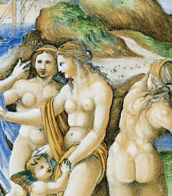


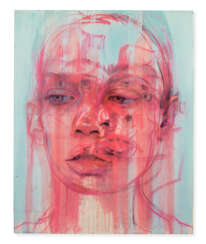

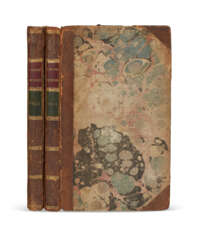



![SANGORSKI & SUTCLIFFE (binders)—[DE QUINCEY, Thomas (1785-1859)]](/assets/image/picture_4084642/4f0e9/6rob5ou442z5tlktv7vclrpcmm4k0mfjzphbc87amm92vipqaxxdkx74gou4kq1719907695jpg__fix_374_244.jpeg)
![SANGORSKI & SUTCLIFFE (binders)—[DE QUINCEY, Thomas (1785-1859)]](https://veryimportantlot.com/assets/image/picture_4084642/4f0e9/6rob5ou442z5tlktv7vclrpcmm4k0mfjzphbc87amm92vipqaxxdkx74gou4kq1719907695jpg__fix_374_244.jpeg)
